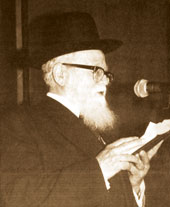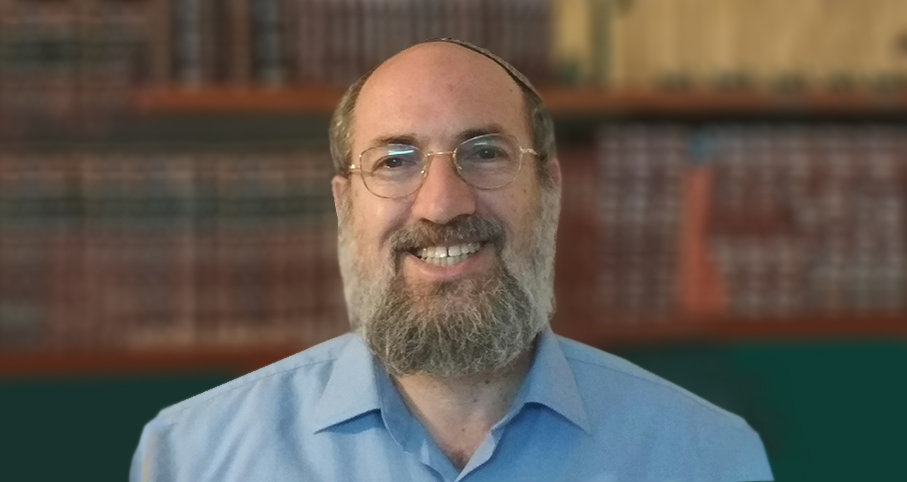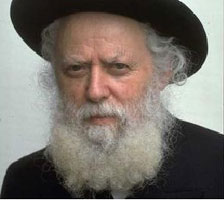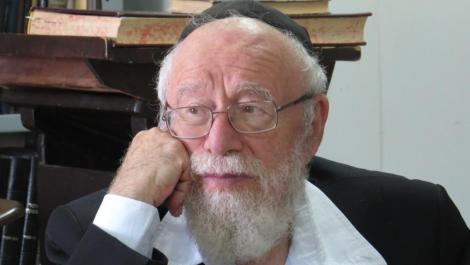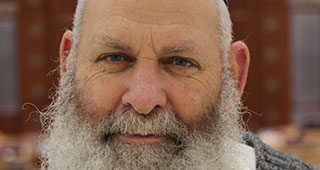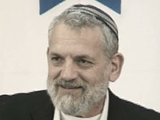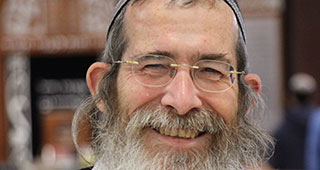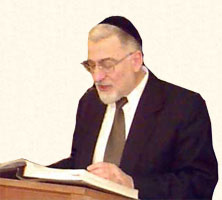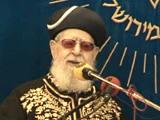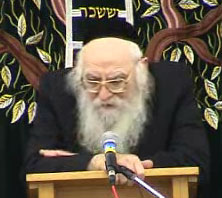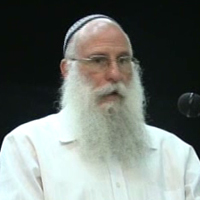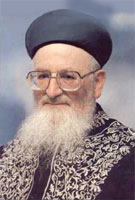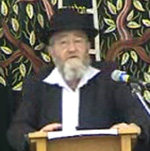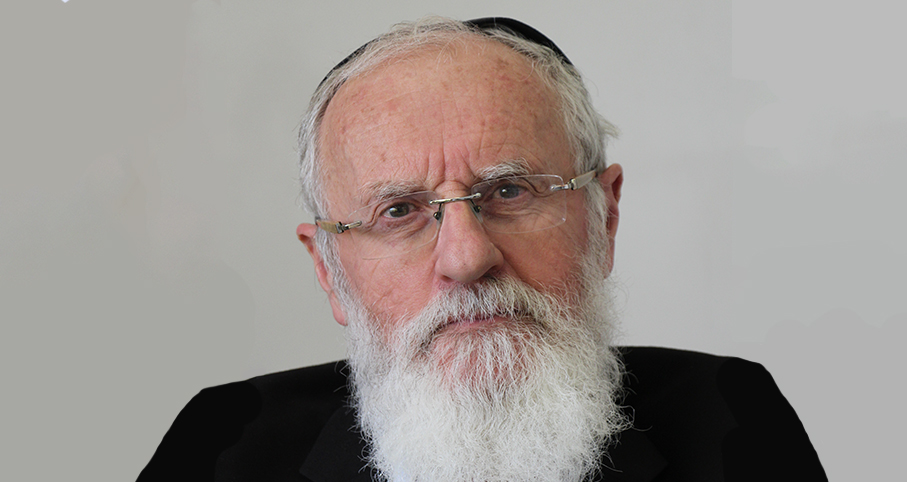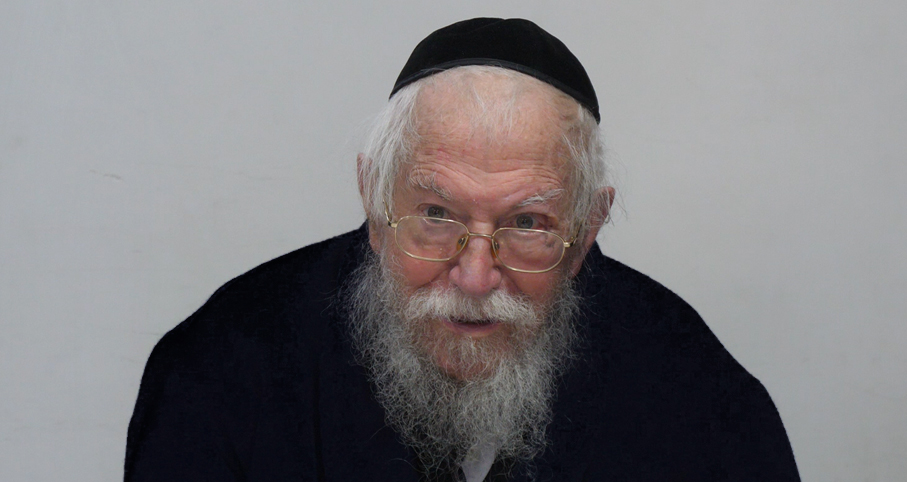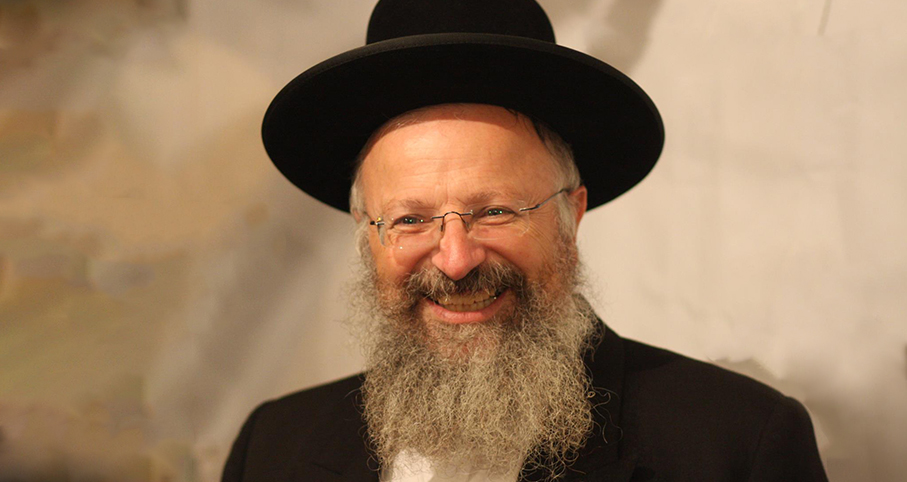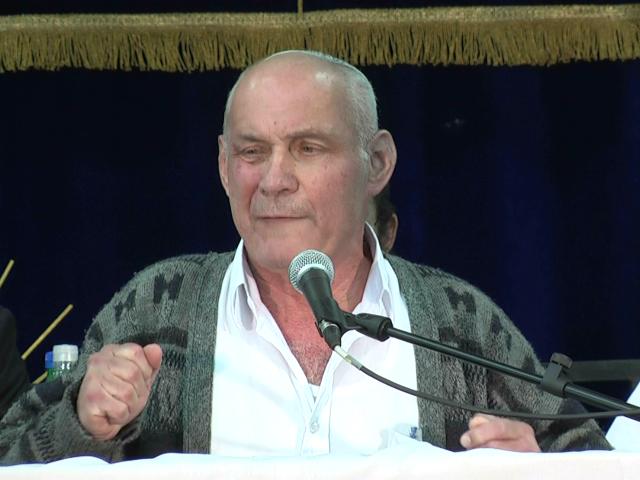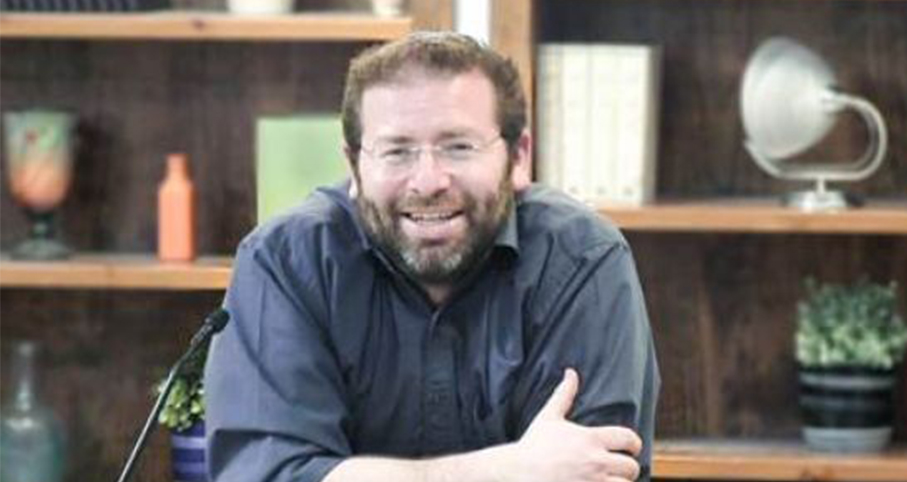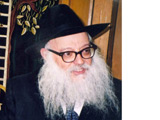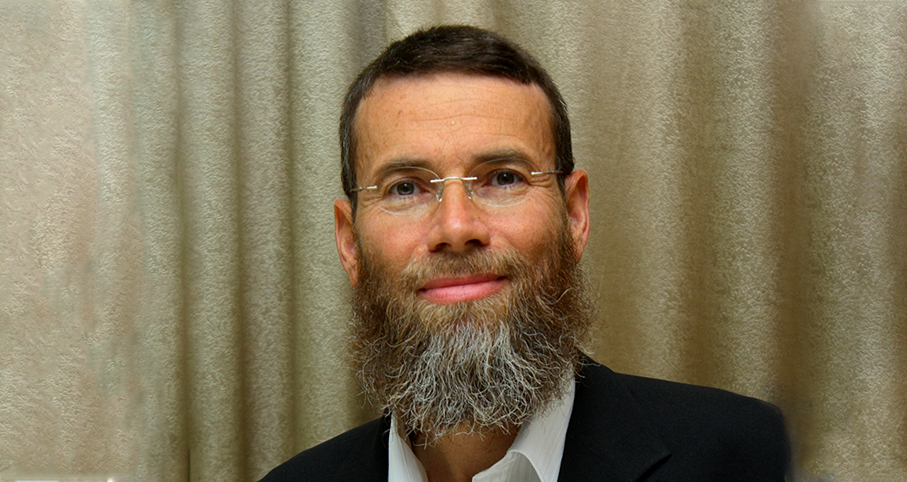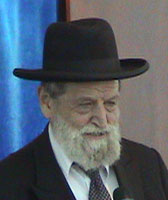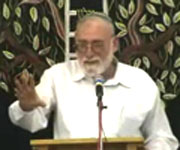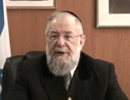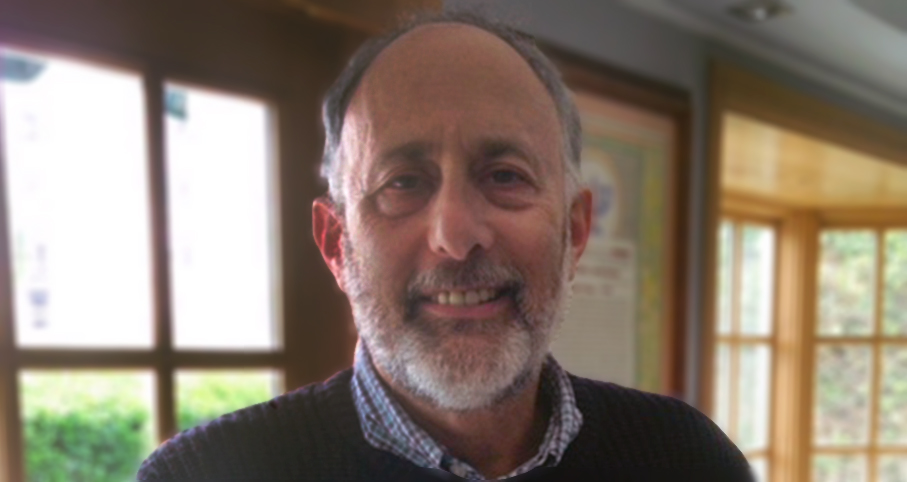Beit Midrash
- Sections
- Chemdat Yamim
- Parashat Hashavua
- Torah Portion and Tanach
- Shmot
- Ki Tisa
This formula has tremendous meaning, as even today when we pray for the rebuilding of the Beit Hamikdash, we are in essence praying for the Divine Presence to dwell once again among us, especially in the Holy Temple. This dwelling is also a sign of the amount of prophecy with which the nation will be blessed.
We have discussed in the past that the reason King David did not build the Beit Hamikdash was not as any form of punishment, as he actually received a reward that no one before him received – the establishment of a monarchal dynasty. As soon as his son would sit on David’s throne, he would be king and be able to build the Temple, based on the architectural plans he received from his father (see Divrei Hayamim I, 28:11-19).
But from where did David get the plans? The key is in an interesting story in Shmuel I, 19. David ran away from Shaul and came to Shmuel, the prophet, in Rama, and they went together to a place within Rama called Nayot. Shaul sent group after group of his men to apprehend David, but each one who came before Shmuel started prophesying instead of seizing David. Finally, Shaul went himself and in Nayot in Rama, he too prophesied.
The two themes that repeat themselves in these p’sukim are Nayot in Rama, and the multitude of prophecy, which indicates the presence of Hashem. We will explain. The previous p’sukim tell of Shaul’s plan to kill David in his bed. Michal, daughter of the former and wife of the latter, used her cunning to save him. From there, David escaped to Shmuel. Chazal are puzzled by the identification of Nayot in Rama, as they would seem to be two different towns. Yalkut Shimoni (Shoftim 510) posits that they were sitting in a high place (=Rama, which fits the description of the Beit Hamikdash) and dealing with the noy (adornment) of the world. Why was this the time to discuss the Temple?
Shmuel is the one who anointed Shaul to be the king, and as Shaul’s mentor, Shmuel was the only one who was able to stop Shaul from killing David. Shmuel was also the one who anointed David to be Shaul’s successor. Therefore, if one kills David, he is nullifying Shmuel’s prophecy. This meant also that David’s own prophecy was true. The midrash (Midrash Tannaim, Devarim 1:17) reports that David would tell his father, to the latter’s chagrin, that he would kill a Plishti giant named Goliat and build the Beit Hamikdash. Therefore, killing David would also preclude that prophecy. Running to Shmuel at this time of danger was David’s way of checking whether his prophecy could come true. Shmuel did confirm that David would be responsible for the construction and gave him the plans (see Rashi to Divrei Hayamim I, 28:12).
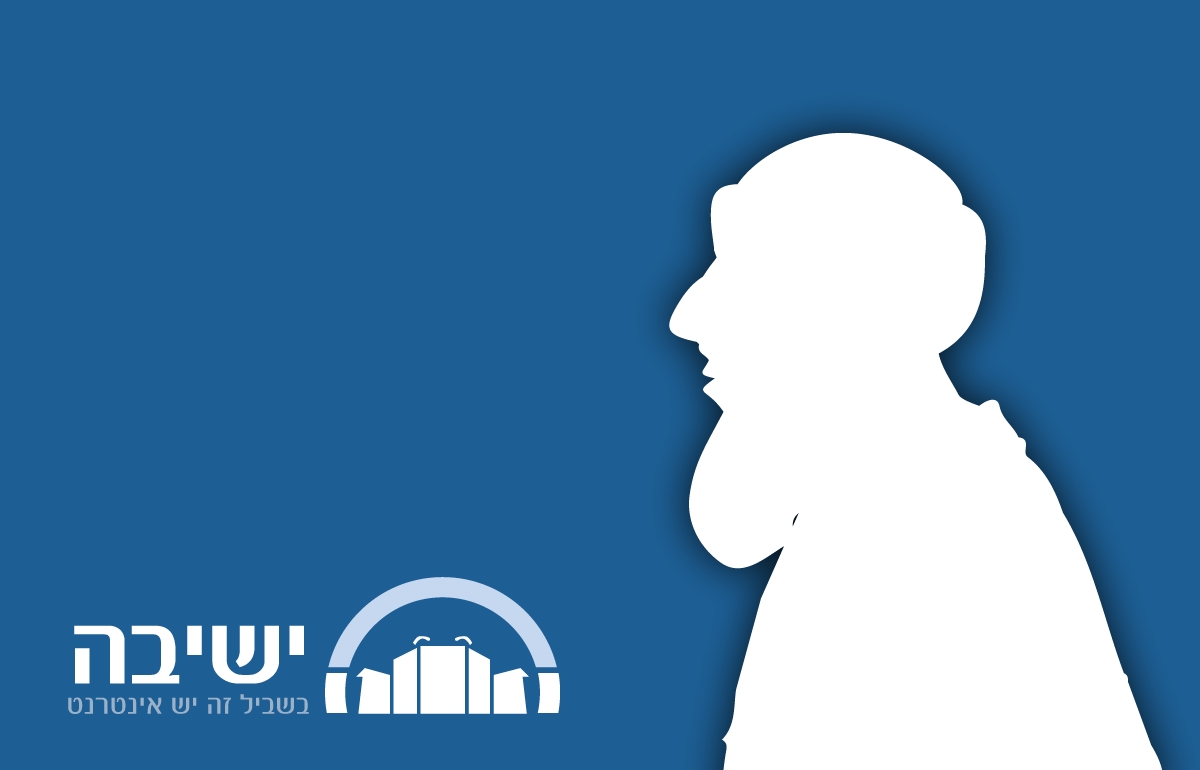
Beginning Another Time Around
Rabbi Daniel Mann | Tishrei 11 5779
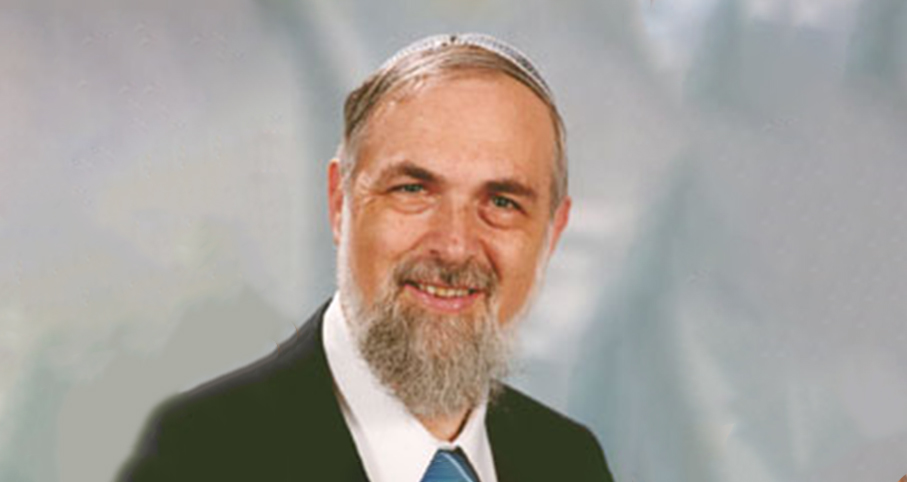
Parashat Hashavua: Can One Give a Loan to Hashem? – part I
Rabbi Yossef Carmel | Elul 5785

Parashat Hashavua: “All Creation Will Know” – part III
Rabbi Yossef Carmel | Av 5785
